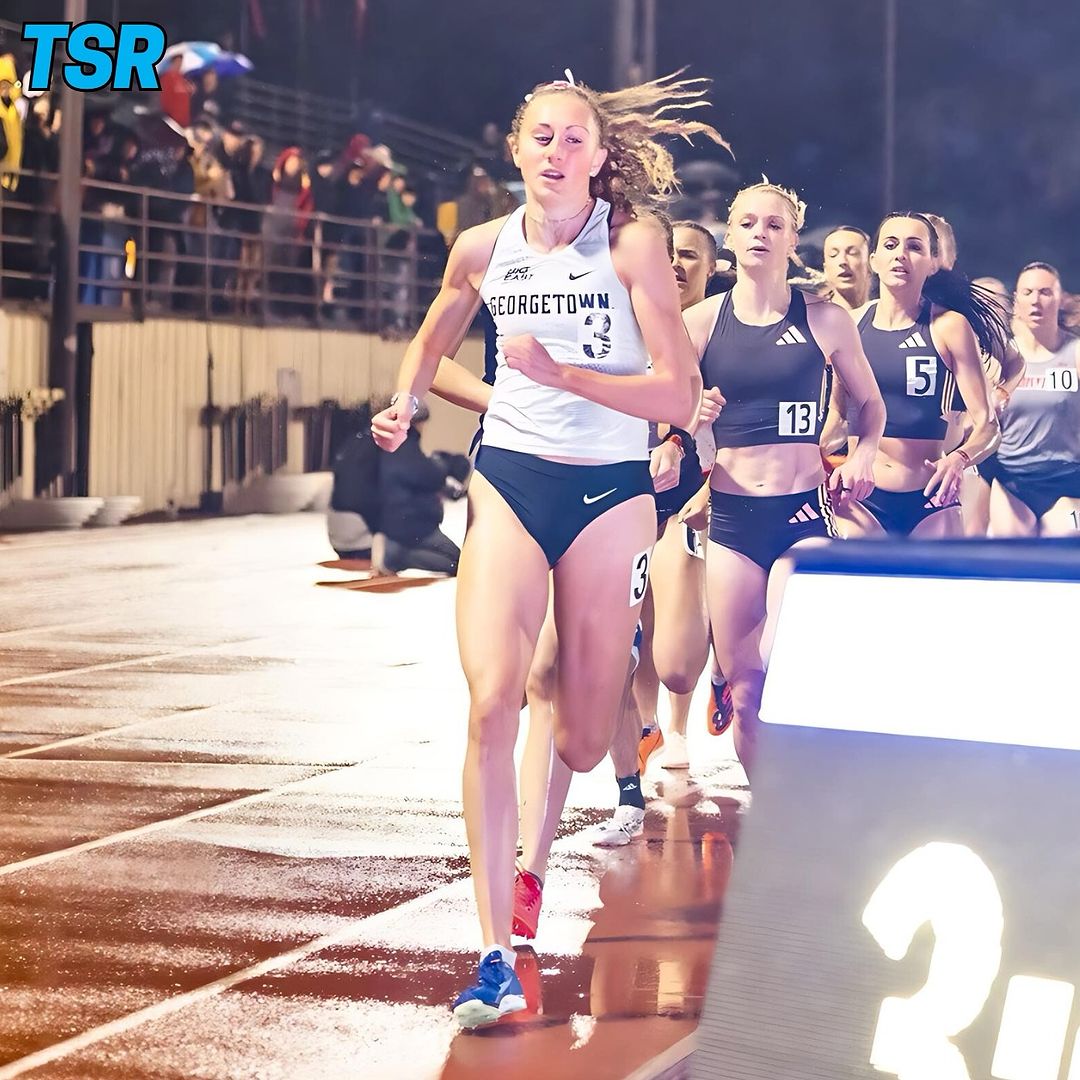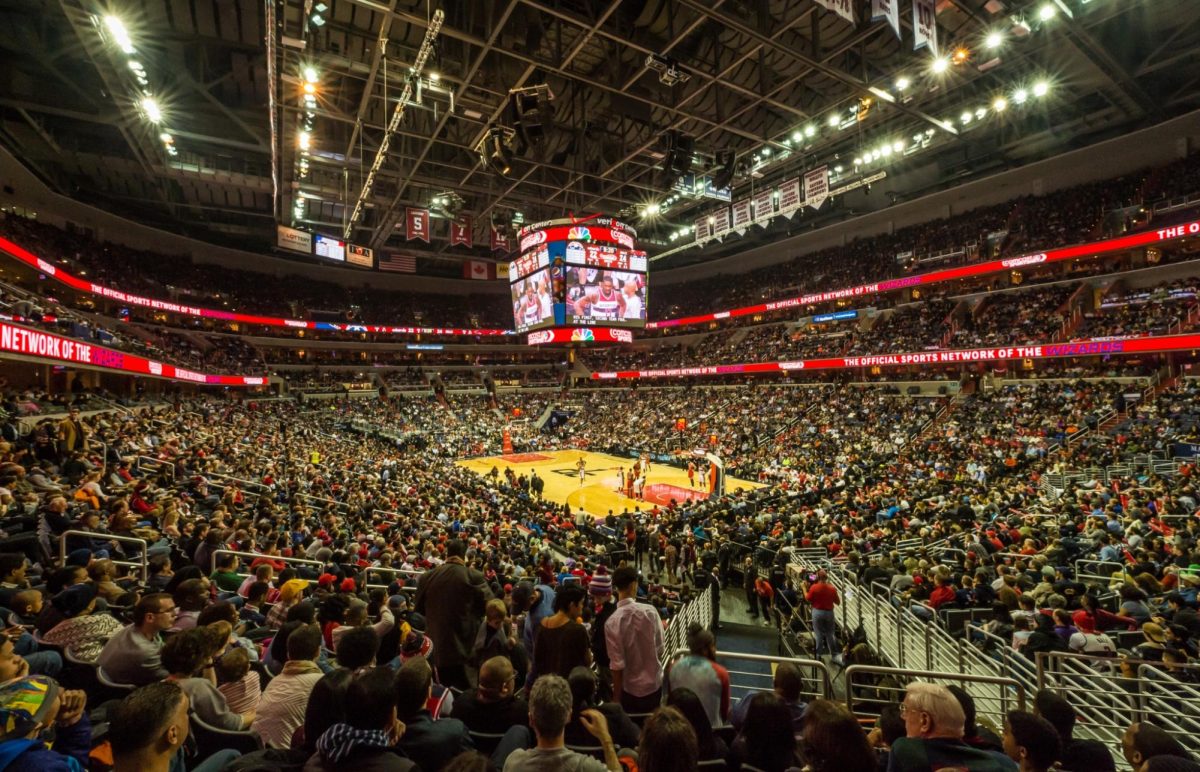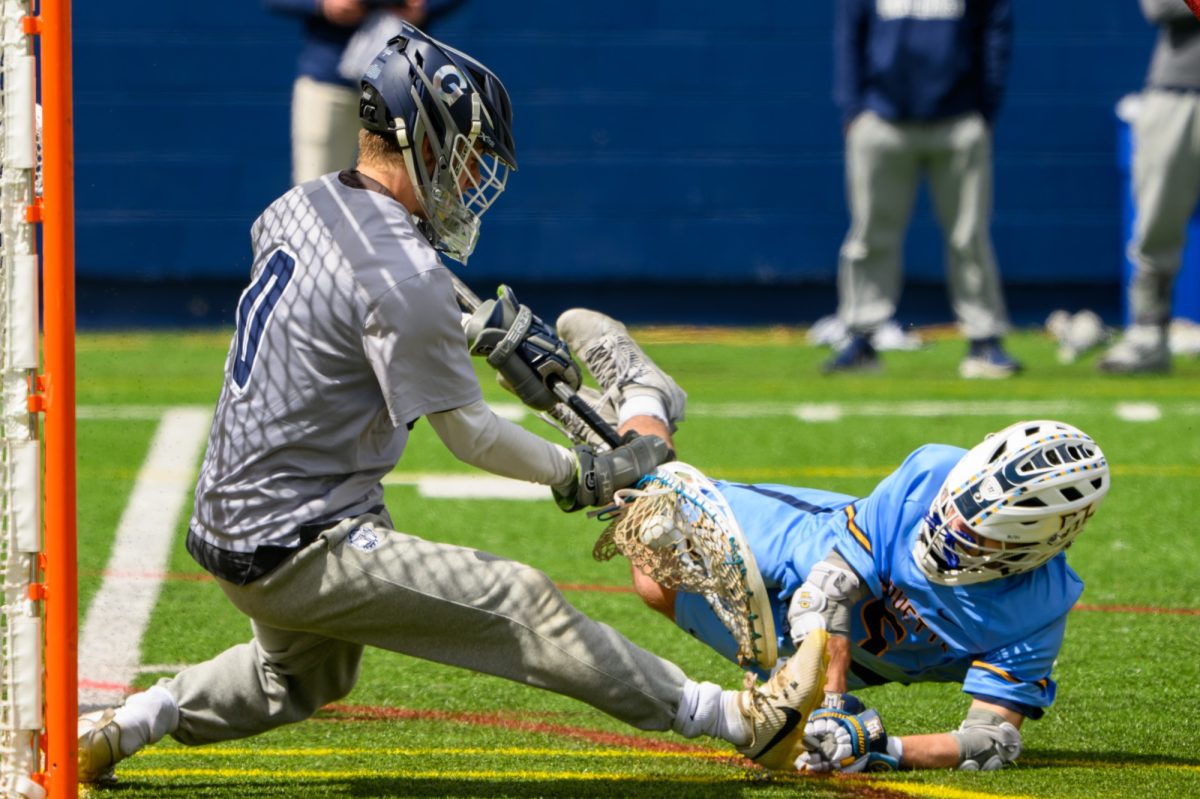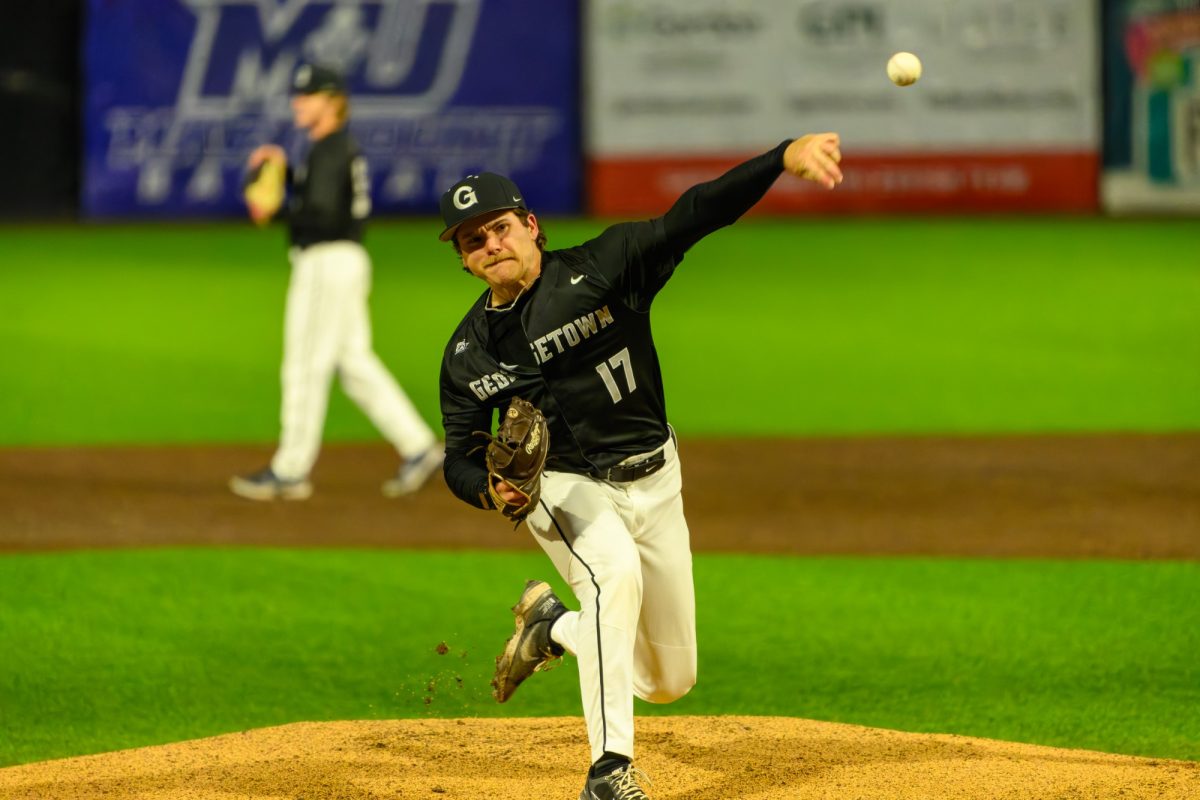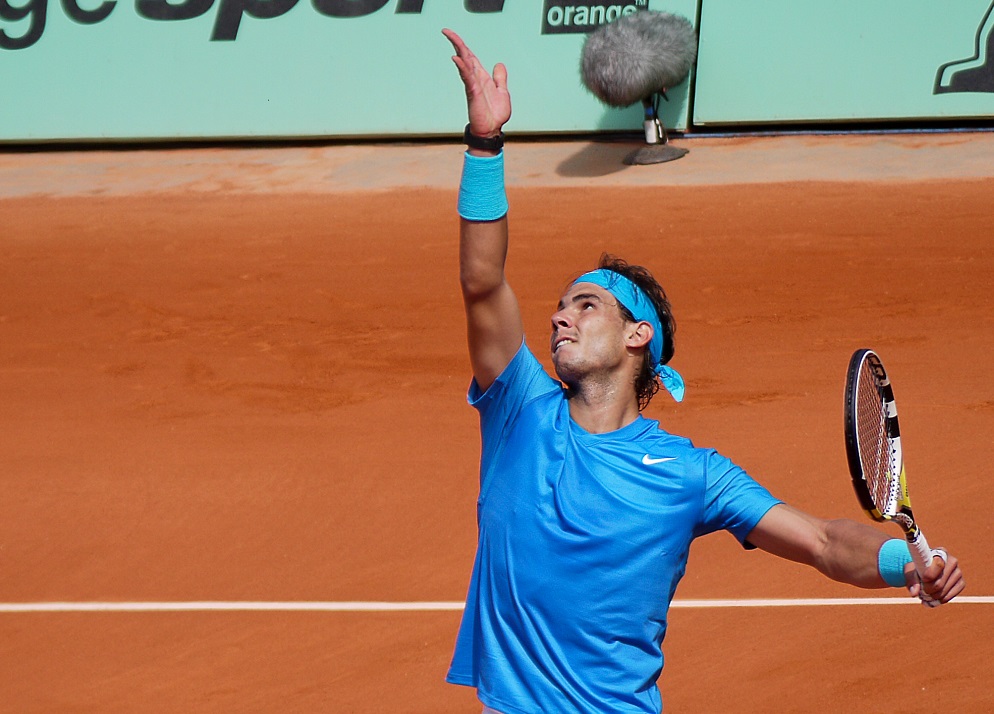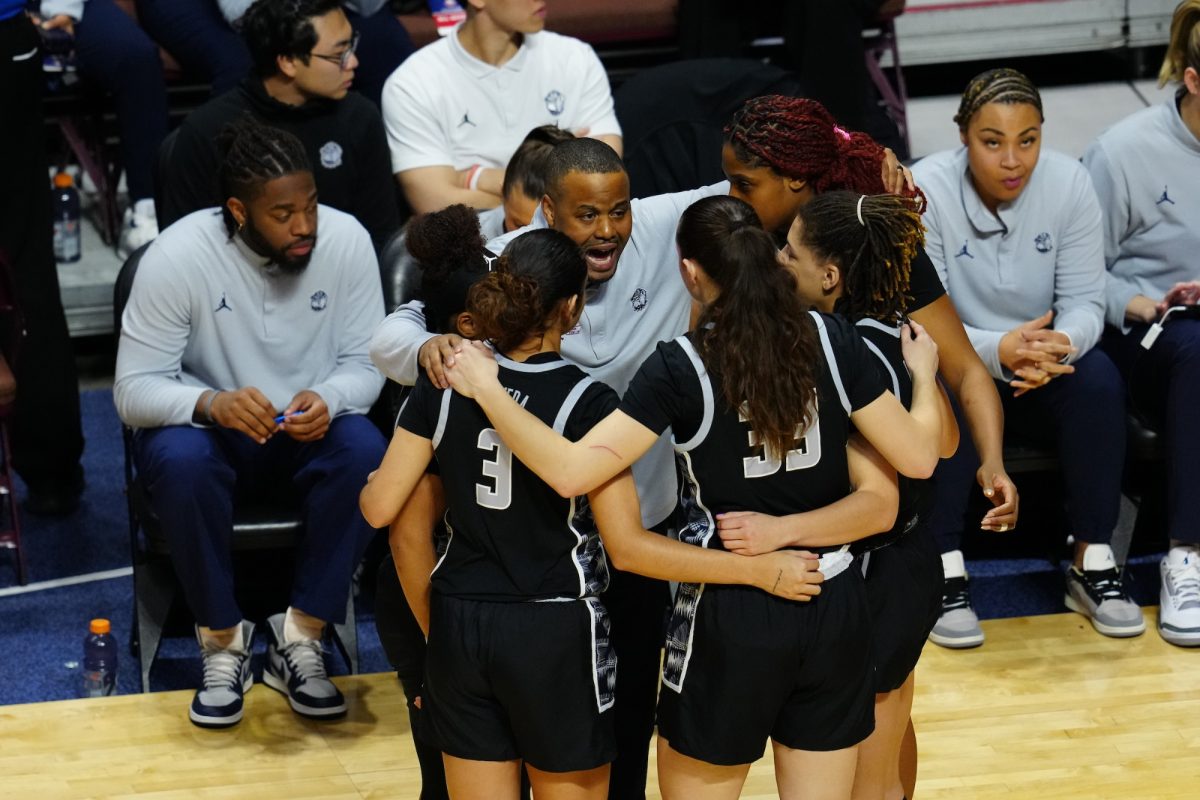Major League Baseball’s efforts to make to make the game exciting by implementing new pace of play rules, tweeting videos of players celebrating home runs, and showcasing new rookie phenom Shohei Ohtani cannot distract fans from an unfortunate fact. Many MLB teams are doing the number one thing that will surely keep baseball from becoming fun again: losing.
On Tuesday, USA Today’s Jorge Ortiz wrote about a FanGraphs stat that gave nine MLB teams less than a 2% chance of making the playoffs this year.
And while even teams that were supposed to dominate this season are underperforming due to injuries and slumping players—Giancarlo Stanton for example—at least some of the nine losing teams are tanking intentionally.
Tanking is the MLB strategy, most recently—and successfully—implemented by the Cubs and the Astros. Both teams pared down their rosters to a bare minimum and used a core of young players to build themselves up to ultimately win the World Series in a few short years. The main idea behind tanking is that young players, who either come up in the clubs’ farm systems or come over in trades, will mature before their contracts become more expensive as a result of arbitration.
The Chicago White Sox, which traded three major players including ace pitcher Chris Sale this offseason, provide a perfect example of tanking. Sale, who is in the prime of his career, was traded for four prospects that are all, with the exception of Yoan Moncada, still minor leaguers—and therefore, gambles.
The hope is that after a couple years of poor play in the major leagues, while the White Sox organization waits for prospects to develop, these players will eventually come up swinging like the young players grown in the Astros and Cubs organizations did. Whether this trade was a successful investment, however, still remains to be seen as these prospects develop further.
In short: tanking is one of the most intriguing philosophies in baseball right now. Fans must wonder what this all means for MLB.
In the first place, many players and super agent Scott Boras have blamed tanking for the 2017 free agency hiring freeze, in which the greatest number in years of free agents went unsigned going into spring training .
During the freeze, teams such as the Pirates and the Marlins mostly passed on signing new free agents who could immediately augment their rosters in favor of allegedly putting their assets towards rebuilding their farm systems. There were so many unsigned free agents, in fact, that the Player’s Association opened a spring training facility for players to complete preseason workouts while they waited to receive offers.
Regardless of the other potential factors that came together to create the greatest hiring freeze in MLB history, the seeming popularity of tanking at least played a role in creating the freeze.
The rise of the tanking phenomenon has also been criticized, as baseball’s popularity could suffer as a result of a large number of terrible, hopeless teams.
A New York Post article discussed comments made by Commissioner Rob Manfred, who refused to call the significant number of bad teams this season a result of a complete tanking “phenomenon,” citing that some teams with terrible records, such as the Padres, do not fit the tanking model.
However, even Manfred admitted that his office is following the situation closely, presumably in case more obvious tanking evidence arises. The article concluded by warning that these tanking teams could bring “the sport with them.”
A potential counter to this theory comes from Gerald Shifman’s Hope and Faith Index (HFI), a metric created in 2017 that is supposed to measure how much “hope and faith”—in the words of former Commissioner Bud Selig—still exists in the game.
The metric combines how many games behind teams are from a playoff spot (teams leading divisions or wild card races contribute the number 0 to this total) and divides them by the total number of teams, to create an average number of games behind teams have in a season. The lower the number, the more “hope and faith” exists throughout the game, and the more popular the game could still be.
And while the HFI illustrates that since the introduction of the second wild card spot, the HFI has dropped steadily and tanking has yet to largely impact the metric, HFI does not measure how playoff races play out throughout the season. If the playoff races are boring throughout the summer, no amount of excitement at the end of September could compensate for the loss in interest throughout the rest of the season.
While tanking’s official impacts on the game of baseball are still hazy, and while not all nine failing teams are tanking specifically, it is clear that in an age in which drawing new, young fans is crucial to the survival of the game, the tanking trend is not beneficial for the strength of the game.







